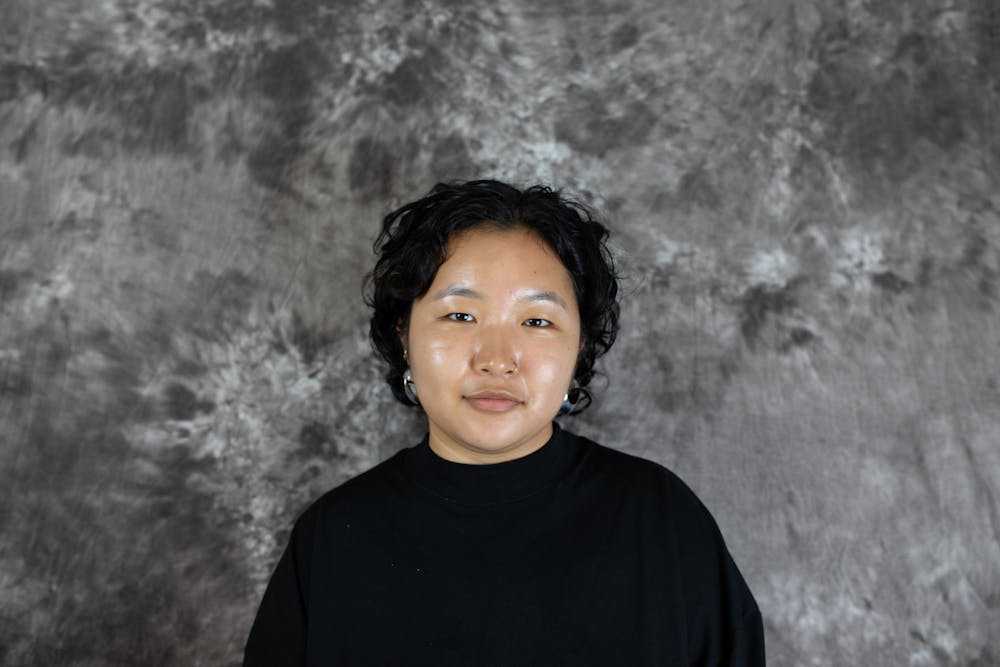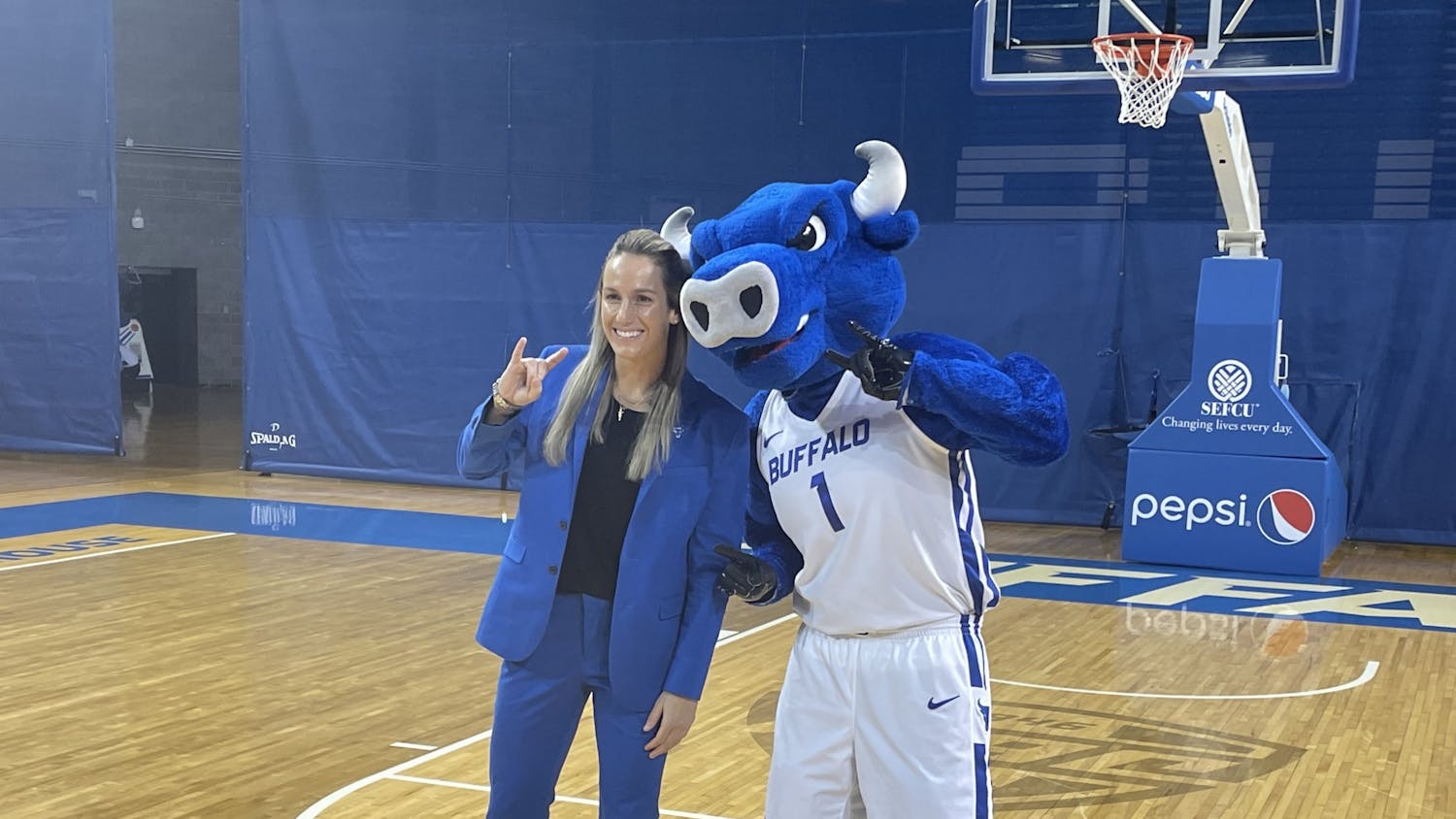Every morning, I remind myself of how my taste buds will indulge in the vanilla flavors of my latte. I remind myself of how my eyes will indulge in the clear cylindrical Starbucks cup sitting rightfully in its designated spot beside my laptop or in the firm grasp of my hand.
That 16-ounce cup of sweet caffeine is what motivates me to get out of bed in the morning. I have my apartment and academic buildings, but Starbucks has established itself as the third place in my life.
The “third place” is a term coined by sociologist Ray Oldenburg in his book, “The Great Good Place,” to define an accessible and public space where people regularly gather and interact for a sense of community and camaraderie. The “third place” is also a part of Starbucks’ philosophy; selling the experience of community helps them maintain a constant presence in the lives of consumers and a constant stream of revenue.
But Starbucks’ promise of community through consumerism is antithetical to the third place.
Sociable interactions with your community in the third place should not be contingent on consumption. While I could easily reduce the allure of the coffee shop environment to an individualistic explanation and reason that I buy Starbucks because of my poor sleeping habits or its all-too-tempting taste, the greater phenomenon of the third place suggests that our consumption in these spaces is reflective of a craving for community.
Starbucks’ curated customer experience provides us with a diluted and distorted version of what a community should look like. We buy a peppermint mocha for the taste of coffee and for a taste of community.
Deriving inspiration from the community found in European cafés, Starbucks pursued the idea of becoming a third place by expanding into customer seating and coffee servicing in 1987. But it fails to seamlessly facilitate a culture where customers intend to stay for hours to talk in a communal space.
Some students and faculty members likely see Starbucks as a “second space,” which Bryant Simon discusses in his 2009 book “Everything But the Coffee.” A “second space” is an extension of our academic spaces, and the coffee shop becomes a place to do work.
While we also use the space to socialize with people, rarely do we ever intentionally choose to have an hours-long conversation with someone in a Starbucks, unlike our European counterparts who do so in their cafés.
Starbucks also puts community behind a paywall. We as customers are expected to purchase a $7 beverage in order to be granted exclusive access to loiter.
An important feature of a third place is its ability to attract people from different walks of life, Oldenburg says. Third places are neutral ground and act as “levelers” because of their inclusivity and lack of barriers to prevent someone from accessing the space.
But with expensive drinks and desserts, Starbucks is far from meeting the qualifications of accessibility for all as defined by a third place.
And the lack of inclusivity doesn’t stop there. The typical Starbucks customer can only expect a conversation with one person: their barista. That’s not exactly a genuine source of community, either.
According to Simon, Starbucks’ manual, the Green Apron Book, encourages baristas to be welcoming and to start a conversation. This helps provide a sense of belonging which Simon calls “customer-controlled belonging.”
It’s not purely social. The “genuine” interaction is just meant to make sure that the customer returns.
In college, third places provide a relief from classes and the daily exhaustions of being a student.
If you usually frequent Starbucks as your “third space,” try exploring a new third space, one where conversation is the main activity. If you don’t have a third place, then consider finding one. Everybody should find opportunities to experience community without consumption.
Tenzin Wodhean is the fact checker and can be reached at tenzin.wodhean@ubspectrum.com





